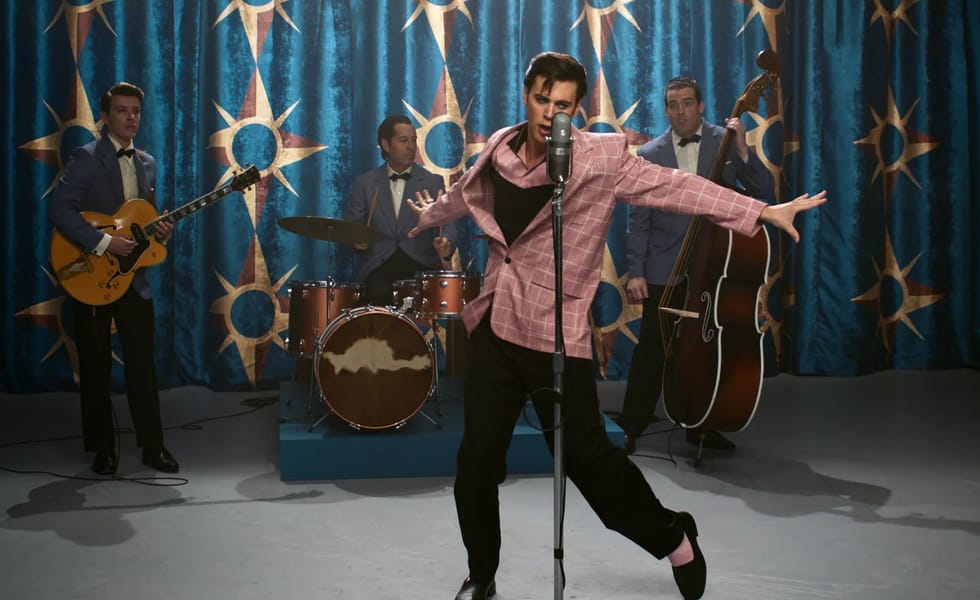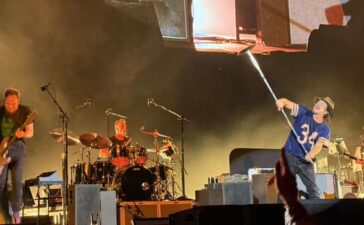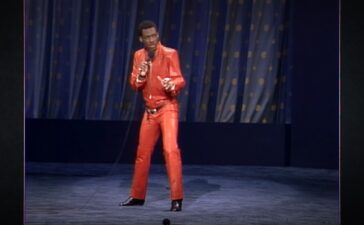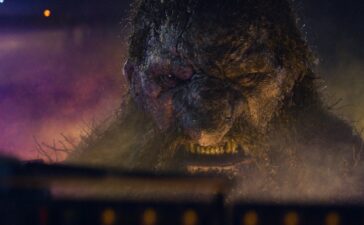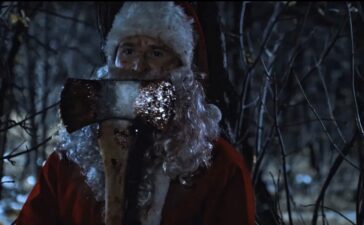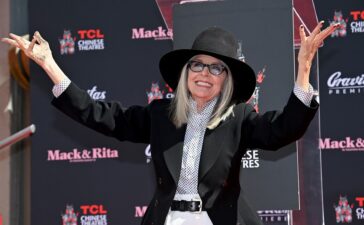If you’ve ever wandered down Cavill Avenue with sand still on your feet, “Hollywood” probably isn’t the first word that comes to mind.
But while tourists are chasing cocktails and rollercoasters, something much bigger has been rolling quietly through the Gold Coast: film cameras. Big ones. The kind that come with entire sound stages, set builds, and tax breaks.
In the last few years, Queensland has quietly gone from a sunny backdrop to a bona fide production powerhouse. Elvis, Thor: Ragnarok, Pirates of the Caribbean, and Godzilla vs Kong all set up camp here, and the wave hasn’t stopped. 2025 alone is packed: Runner with Owen Wilson and Alan Ritchson is shooting in Brisbane and the Coast; Anaconda is getting a jungle reboot with Paul Rudd and Jack Black; and Spa Weekend, a new U.S. comedy, just kicked off at Village Roadshow Studios. Throw in Aussie originals like Dangerous Animals, Audrey, and Eden, and you start to realise Queensland isn’t pretending to be Hollywood anymore. It is one.
The numbers back it up. The state has generated more than $2 billion in screen production activity, supporting over 20,000 jobs for local cast and crew. Nearly 30 percent of all scripted features and series made in Australia last year were shot here, and the Gold Coast alone has hosted over $1.9 billion worth of productions. That’s not hype, that’s infrastructure.
So how did the Sunshine State pull it off? In part, by doing what Queensland always does best: showing up with a smile, then getting the job done. The government rolled out generous screen incentives, the City of Gold Coast launched its Screen Attraction Program (requiring half of crews to be local), and the region doubled down on its strengths: skilled workers, diverse scenery, and year-round sunshine. Village Roadshow Studios, home to some of the world’s biggest productions, remains the state’s creative anchor alongside industry bodies like Screen Queensland. The combination of expertise and energy has made Queensland one of the most attractive filming destinations in the Southern Hemisphere.
But the real story isn’t just the big imports; it’s the ecosystem that’s built around them. Local filmmakers are getting a seat at the table, indie crews are cutting their teeth alongside Hollywood giants, and Queensland’s creative community is finding its rhythm. Festivals like the Gold Coast Film Festival have become cultural anchors in that movement, bridging the gap between surf-town storytellers and international studios. They remind everyone that the industry’s backbone isn’t red carpets, it’s the people sweating behind the lights, scoring the films, and calling the 5 a.m. shots.
There’s pride in that hustle. Ask anyone who’s spent time on a Gold Coast set and you’ll hear the same thing: it feels like a community, not a machine. Maybe that’s why the stories coming out of here hit different. They’re not just made in Queensland; they’re made of it, equal parts heat, humour, and heart.
Sure, the Coast still has its clichés, with surfboards, skyscrapers, and too many tattoo conventions, but beneath it all there’s a serious creative pulse. The Sunshine State might be best known for tan lines and theme parks, but give it a few more years and when people say “Australia’s new Hollywood,” they won’t be joking. They’ll be booking flights.


